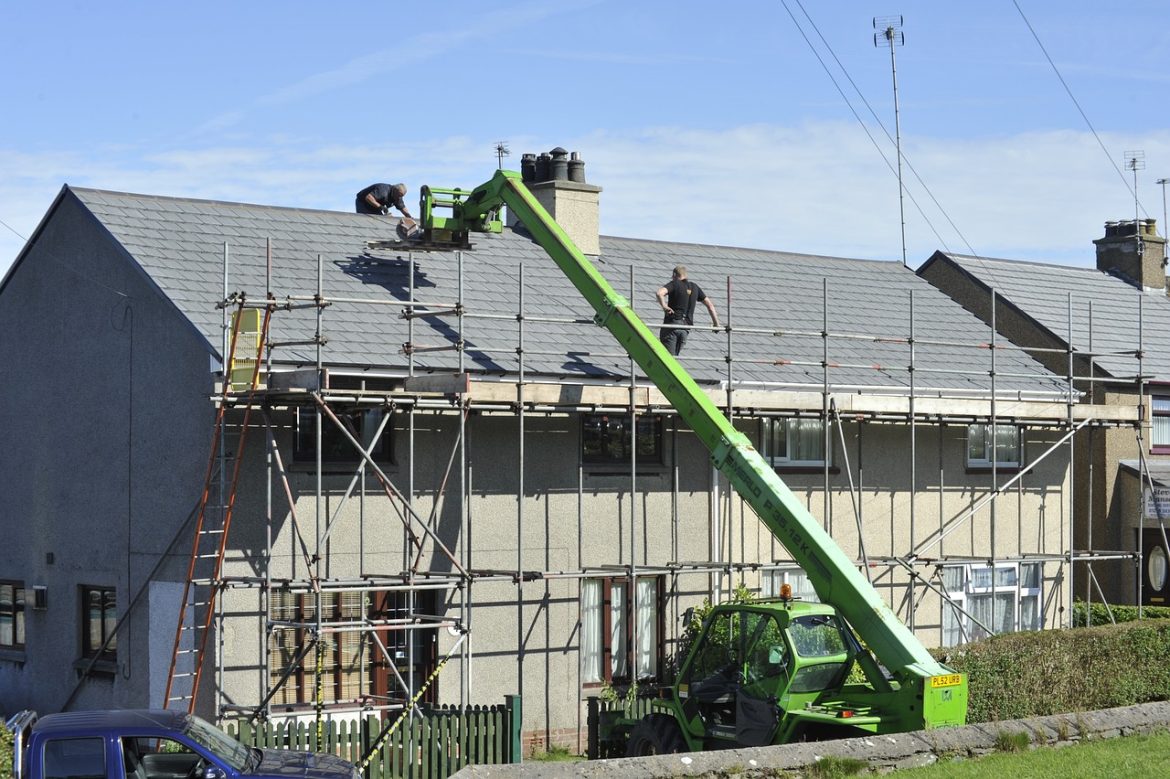Introduction
When it comes to home improvement projects, few are as important as installing a new roof. Your roof serves as the first line of defense against the elements, protecting your home and its occupants. However, a roof is not built to last forever, and over time, it may deteriorate, leak, or become less efficient. In such cases, a roof renovation becomes necessary to maintain the integrity of your property. In this comprehensive guide, we will explore the key considerations, steps, and materials involved in installing a new roof.
Key Considerations for Roof Renovation
Before diving into the actual installation process, it is crucial to consider a few key factors:
- Roofing Materials: There are various roofing materials available, including asphalt shingles, metal, tile, and more. Each material has its own advantages and disadvantages in terms of durability, aesthetics, and cost. Consider your budget, climate conditions, and architectural style to determine the most suitable material for your new roof.
- Roofing Contractors: Hiring a professional roofing contractor is vital for a successful roof renovation. Look for licensed and experienced contractors who have a good reputation in your local area. Obtain multiple quotes, check references, and ask for proof of insurance before making a final decision.
- Permits and Regulations: Depending on your location, you may need to obtain permits or comply with certain building codes and regulations when installing a new roof. It is essential to research and adhere to these requirements to avoid any legal complications.
Steps in Installing a New Roof
Installing a new roof involves several important steps:
- Inspection and Preparation: Begin by inspecting the current roof for any damage or signs of wear. Clear the roof of debris and prepare the area for renovation. It is also essential to ensure proper ventilation to prevent moisture buildup.
- Roof Removal: If the existing roof is in poor condition, it may need to be completely removed before installing a new one. This step involves removing old shingles, underlayment, and flashing, while carefully protecting the underlying structure.
- Underlayment and Flashing Installation: Install a high-quality underlayment, such as synthetic felt or asphalt-saturated felt, over the roof deck. Properly install flashing around areas prone to water penetration, such as chimneys, vents, and skylights.
- Roofing Material Installation: Install the selected roofing material according to the manufacturer’s instructions. This may involve laying down asphalt shingles, securing metal panels, or placing tiles. Ensure proper alignment, use appropriate fasteners, and pay attention to overlapping sections.
- Finishing Touches: Complete the installation by adding ridge vents, ridge caps, and any necessary trim work. Inspect the newly installed roof for any defects, ensure proper sealing, and make necessary adjustments to achieve a clean and professional look.
Conclusion
Installing a new roof is a significant investment that enhances the beauty, value, and durability of your home. By considering the key factors involved in roof renovation and following the necessary steps, you can ensure a successful and long-lasting installation. Remember to consult with professionals, conduct thorough research, and prioritize quality materials to protect your home and enjoy a functional and aesthetically pleasing roof for years to come.


